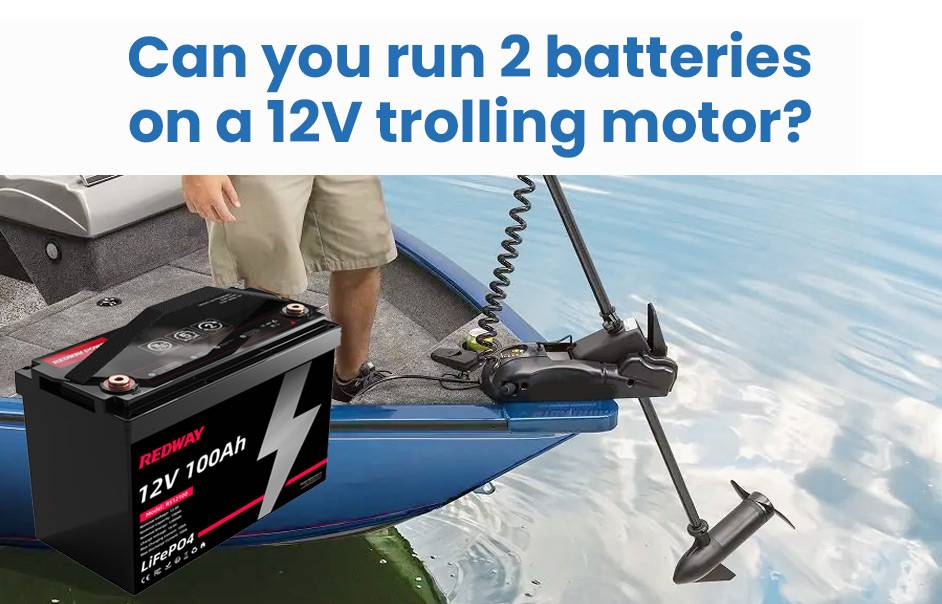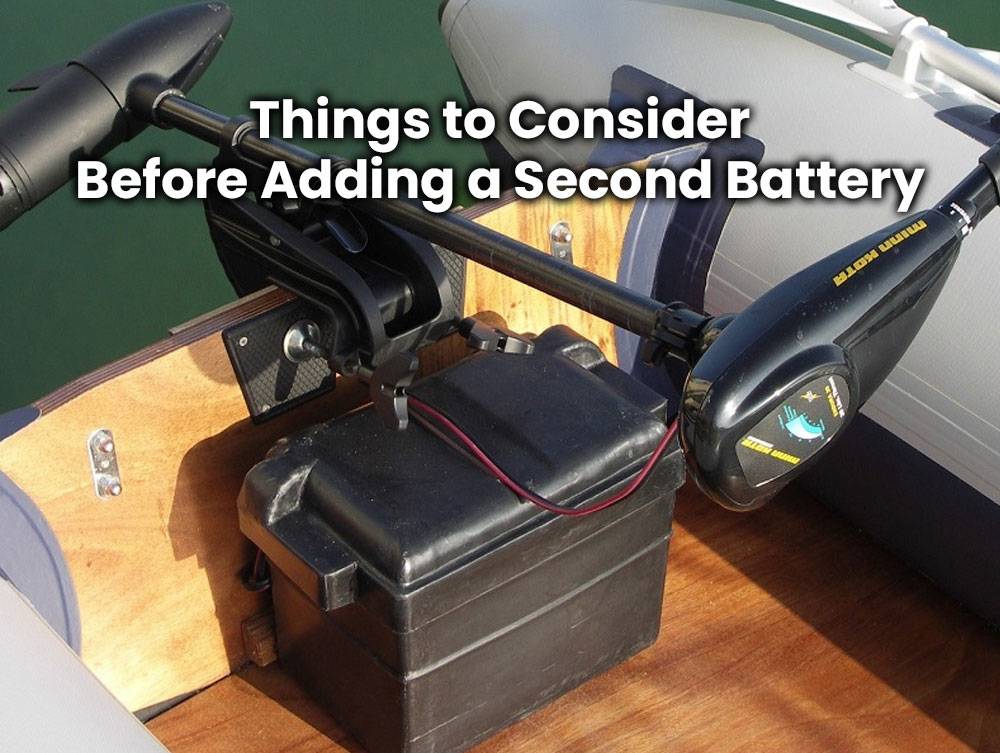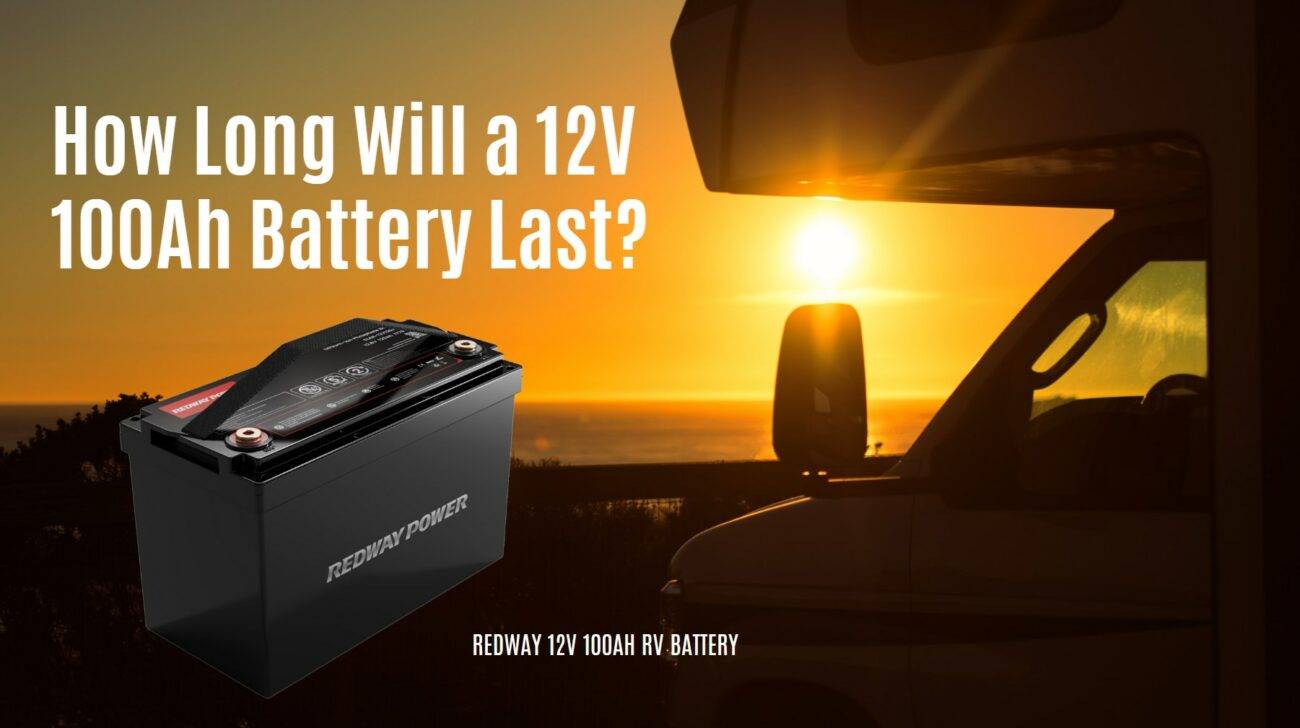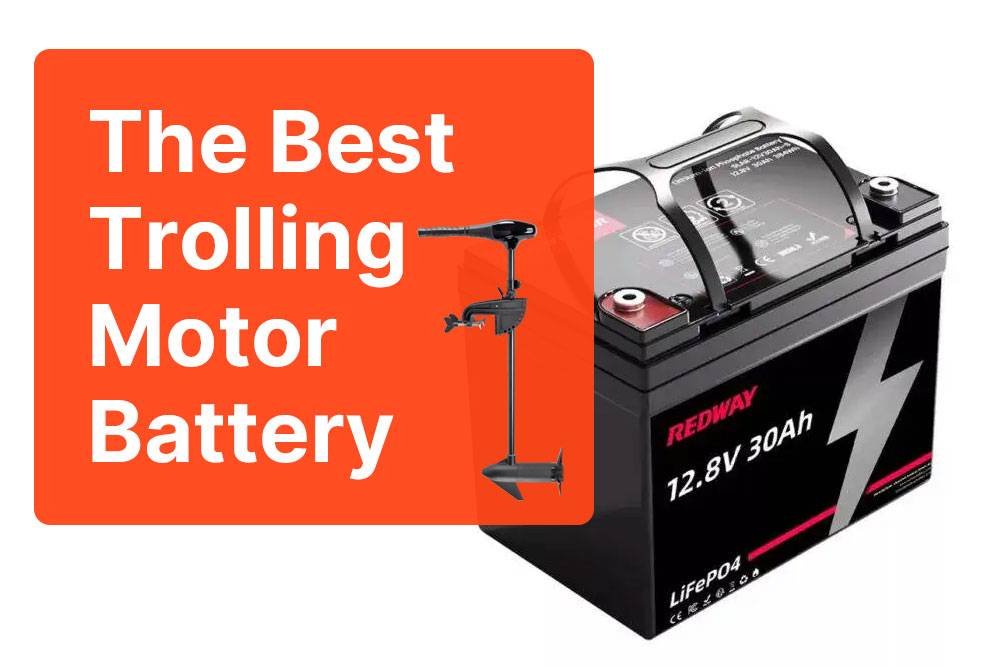- Forklift Lithium Battery
-
48V
- 48V 210Ah
- 48V 300Ah
- 48V 420Ah (949 x 349 x 569 mm)
- 48V 420Ah (950 x 421 x 450 mm)
- 48V 456Ah
- 48V 460Ah (830 x 630 x 590 mm)
- 48V 460Ah (950 x 421 x 450 mm)
- 48V 460Ah (800 x 630 x 600 mm)
- 48V 460Ah (820 x 660 x 470 mm)
- 48V 500Ah
- 48V 560Ah (810 x 630 x 600 mm)
- 48V 560Ah (950 x 592 x 450 mm)
- 48V 600Ah
- 48V 630Ah
-
48V
- Lithium Golf Cart Battery
- 12V Lithium Battery
12V 150Ah Lithium RV Battery
Bluetooth App | BCI Group 31
LiFePO4 Lithium
Discharge Temperature -20°C ~ 65°C
Fast Charger 14.6V 50A
Solar MPPT Charging - 24V Lithium Battery
- 36V Lithium Battery
- 48V Lithium Battery
-
48V LiFePO4 Battery
- 48V 50Ah
- 48V 50Ah (for Golf Carts)
- 48V 60Ah (8D)
- 48V 100Ah (8D)
- 48V 100Ah
- 48V 100Ah (Discharge 100A for Golf Carts)
- 48V 100Ah (Discharge 150A for Golf Carts)
- 48V 100Ah (Discharge 200A for Golf Carts)
- 48V 150Ah (for Golf Carts)
- 48V 160Ah (Discharge 100A for Golf Carts)
- 48V 160Ah (Discharge 160A for Golf Carts)
-
48V LiFePO4 Battery
- 60V Lithium Battery
-
60V LiFePO4 Battery
- 60V 20Ah
- 60V 30Ah
- 60V 50Ah
- 60V 50Ah (Small Size / Side Terminal)
- 60V 100Ah (for Electric Motocycle, Electric Scooter, LSV, AGV)
- 60V 100Ah (for Forklift, AGV, Electric Scooter, Sweeper)
- 60V 150Ah (E-Motocycle / E-Scooter / E-Tricycle / Tour LSV)
- 60V 200Ah (for Forklift, AGV, Electric Scooter, Sweeper)
-
60V LiFePO4 Battery
- 72V~96V Lithium Battery
- Rack-mounted Lithium Battery
- E-Bike Battery
- All-in-One Home-ESS
- Wall-mount Battery ESS
-
Home-ESS Lithium Battery PowerWall
- 24V 100Ah 2.4kWh PW24100-S PowerWall
- 48V 50Ah 2.4kWh PW4850-S PowerWall
- 48V 50Ah 2.56kWh PW5150-S PowerWall
- 48V 100Ah 5.12kWh PW51100-F PowerWall (IP65)
- 48V 100Ah 5.12kWh PW51100-S PowerWall
- 48V 100Ah 5.12kWh PW51100-H PowerWall
- 48V 200Ah 10kWh PW51200-H PowerWall
- 48V 300Ah 15kWh PW51300-H PowerWall
PowerWall 51.2V 100Ah LiFePO4 Lithium Battery
Highly popular in Asia and Eastern Europe.
CE Certification | Home-ESS -
Home-ESS Lithium Battery PowerWall
- Portable Power Stations
Can You Run Two Batteries on a 12V Trolling Motor?

Yes, you can run two batteries on a 12V trolling motor by connecting them in parallel. This setup increases your total amp-hour capacity, allowing for longer usage times without changing the voltage, which is crucial for maintaining the performance of your trolling motor.
What Are the Benefits of Running Two Batteries on a 12V Trolling Motor?
Running two batteries on a 12V trolling motor provides several advantages:
- Extended Runtime: By connecting two batteries in parallel, you effectively double your amp-hour capacity, allowing for longer fishing trips without recharging.
- Improved Performance: Dual batteries can help maintain voltage levels under load, leading to better performance from your trolling motor.
- Redundancy: If one battery fails, the other can continue to provide power, ensuring you don’t get stranded.
Chart: Benefits of Using Two Batteries
| Benefit | Description |
|---|---|
| Extended Runtime | Doubles amp-hour capacity |
| Improved Voltage Stability | Maintains performance under load |
| Redundancy | Provides backup power if one battery fails |
How Do You Properly Connect Two Batteries to a 12V Trolling Motor?
To connect two batteries in parallel for your 12V trolling motor:
- Disconnect the Trolling Motor: Ensure the motor is disconnected before starting.
- Connect Positive Terminals: Use heavy-duty cables to connect the positive terminal of Battery 1 to the positive terminal of Battery 2.
- Connect Negative Terminals: Connect the negative terminal of Battery 1 to the negative terminal of Battery 2.
- Connect to the Trolling Motor: Attach one positive lead from the trolling motor to either battery’s positive terminal and one negative lead to either battery’s negative terminal.
Chart: Connection Diagram for Parallel Setup
| Connection Point | Action |
|---|---|
| Battery 1 Positive | Connect to Battery 2 Positive |
| Battery 1 Negative | Connect to Battery 2 Negative |
| Trolling Motor Positive | Connect to either battery’s positive |
| Trolling Motor Negative | Connect to either battery’s negative |
Which Types of Batteries Are Best for Parallel Connections?
For optimal performance when using two batteries in parallel:
- Deep Cycle Batteries: These are ideal as they are designed for repeated discharges and recharges, making them perfect for trolling motors.
- Identical Batteries: Use batteries of the same type, capacity, and age to ensure balanced performance and longevity.
What Considerations Should You Keep in Mind When Using Dual Batteries?
When setting up dual batteries for your trolling motor, consider the following:
- Compatibility: Ensure that your trolling motor is designed to handle dual battery setups.
- Battery Matching: Use batteries with similar specifications (voltage, capacity) to avoid imbalances that could lead to reduced performance or damage.
- Space Availability: Check that there is adequate space in your boat for an additional battery.
Chart: Key Considerations
| Consideration | Importance |
|---|---|
| Compatibility | Ensures safe operation |
| Matching Specifications | Prevents imbalances and potential damage |
| Space Availability | Ensures proper installation |
How Can You Optimize Battery Life and Performance in Your Trolling Motor?
To maximize battery life and performance:
- Regular Maintenance: Check connections regularly and clean terminals to prevent corrosion.
- Proper Charging: Use an appropriate charger designed for deep cycle batteries and avoid overcharging.
- Monitor Usage: Keep track of how long you use your trolling motor and recharge when necessary.
Tips for Battery Wholesale Buyers: How to Choose a Reliable Manufacturer?
When considering wholesale purchases or OEM orders for batteries, it’s crucial to choose a reliable manufacturer. Here are some tips:
- Research Manufacturer Reputation: Look for established companies like Redway Power, known for quality and reliability.
- Evaluate Product Range: Ensure they offer various battery types suitable for your needs.
- Check Certifications: Confirm compliance with industry standards.
For OEM orders from a reputable manufacturer like Redway Power, which has over 13 years of experience in lithium battery manufacturing, ensure clear communication regarding specifications and delivery timelines. This approach helps secure high-quality products that serve as excellent alternatives to lead-acid batteries.
Redway Power Expert Views
“Utilizing two batteries in parallel can significantly enhance your trolling motor’s performance and runtime. However, it’s essential to ensure proper connections and maintenance practices are followed to maximize efficiency,” states an expert from Redway Power.


























